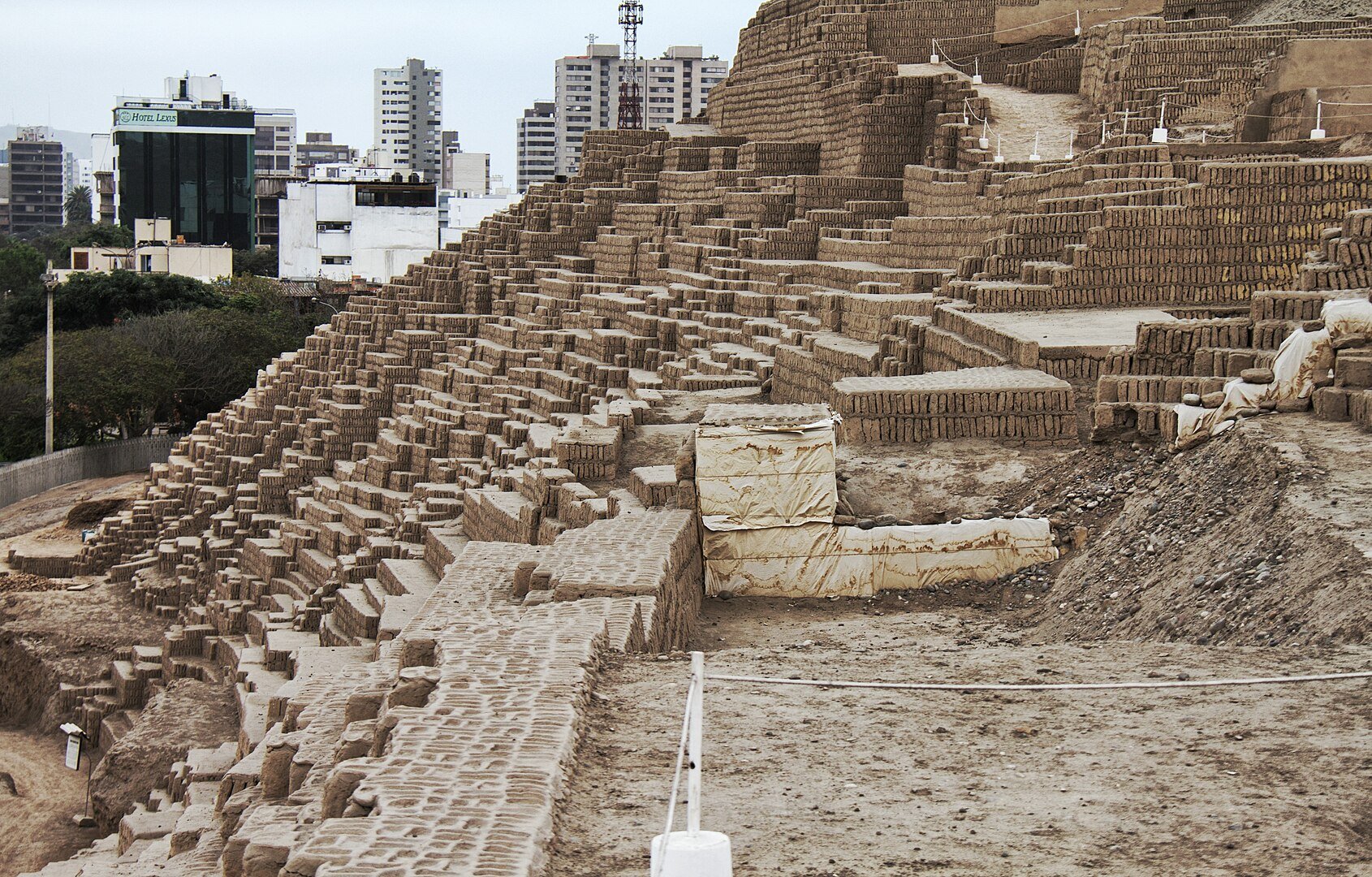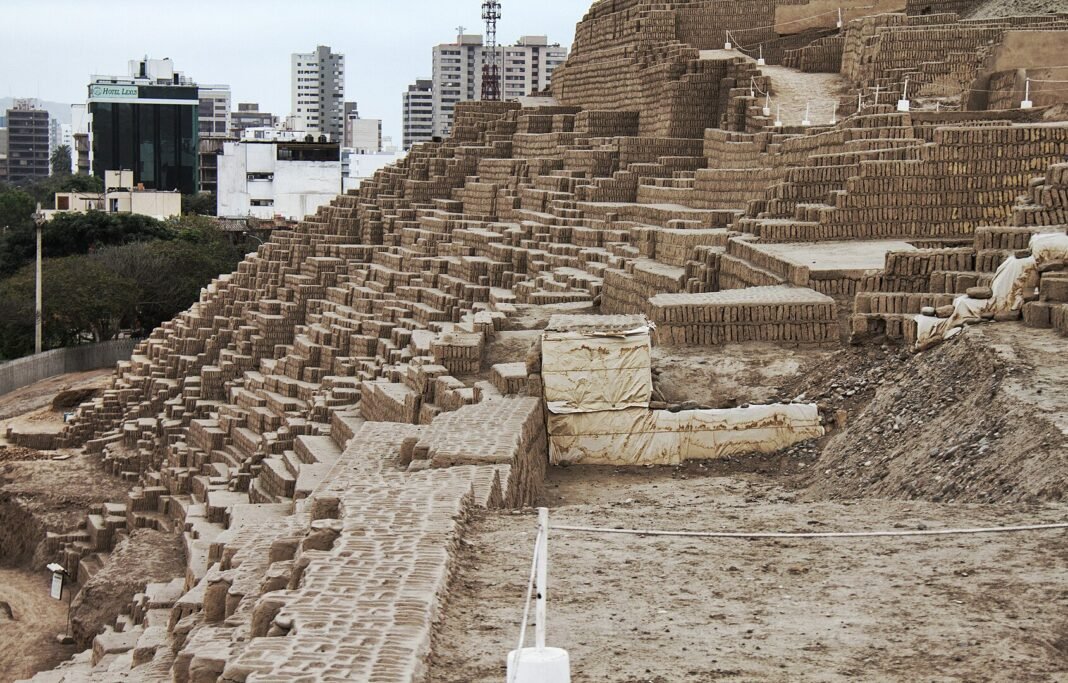
Workers digging trenches to expand underground gas lines in Peru’s capital, Lima, have uncovered two pre-Incan tombs, adding to a long list of archaeological finds beneath the modern city.
One of the tombs was empty. The other contained human remains believed to be about 1,000 years old, along with four clay vessels and three artifacts crafted from pumpkin shells, archaeologists said Thursday.
The discovery was made by Cálidda, the company responsible for distributing natural gas in the city. The firm has been expanding the city’s underground network for over two decades, and reports it has documented more than 2,200 archaeological finds during its work.
Vessels tied to Chancay culture
Archaeologist José Aliaga, who led the excavation, said the vessels’ black, white, and red designs connect the burial to the Chancay culture, which flourished on Peru’s central coast between 1,000 and 1,470 years ago.
Human remains pointing to a 1,000-year-old pre-Hispanic cemetery were unearthed in northern Lima by workers digging under the Peruvian capital to install a gas pipeline pic.twitter.com/qvnvMWQAqY
— Reuters (@Reuters) August 1, 2025
He explained that the individual’s remains were wrapped in a torn bundle and placed in a seated position, legs drawn to the chest. His team is continuing to clean and study the find.
Aliaga added that Lima is unusual among Latin American capitals because construction projects frequently reveal layers of ancient history buried beneath its streets.
City’s underground holds hundreds of ancient sites
The Ministry of Culture estimates there are more than 400 archaeological sites across Lima proper. These include remnants from the Inca era of the 15th century and even earlier pre-Incan civilizations. The city of 10 million people continues to grow on top of this dense historical landscape.
The Chancay culture, renowned for its pottery and funerary traditions, often buried individuals with offerings such as vessels, textiles, and gourds. Such finds help researchers trace cultural practices that predate the Inca Empire by centuries.
Pedestrians pause to watch the discovery unfold
The latest discovery quickly drew attention from pedestrians, many of whom stopped to take photos of the excavation site.
Among them was Flor Prieto, who was walking with her 7-year-old daughter, said, “I always thought they were paths where no one had lived.” She added, “But now I know that people older than the Incas have lived there… it feels so exciting.”
Pieter Van Dalen, dean of the College of Archaeologists of Peru, said such discoveries are common along Peru’s coast, including in Lima. Many of them involve funerary remains, such as tombs, burials, and even mummified individuals.
Van Dalen was not part of the excavation, but noted that these findings highlight how the country’s modern infrastructure continues to intersect with its ancient past.


